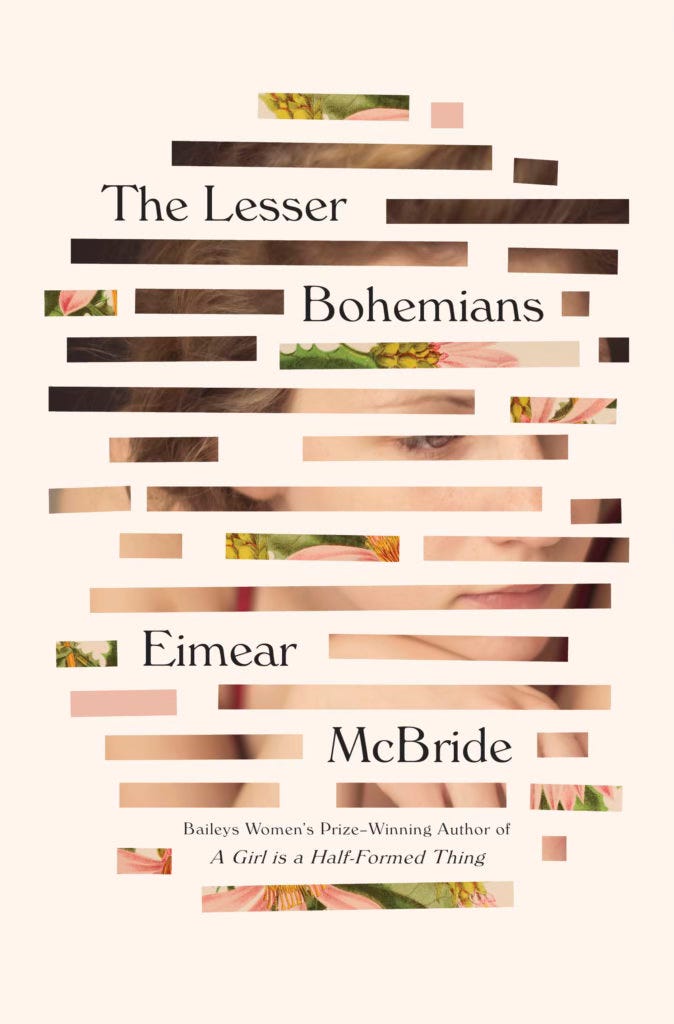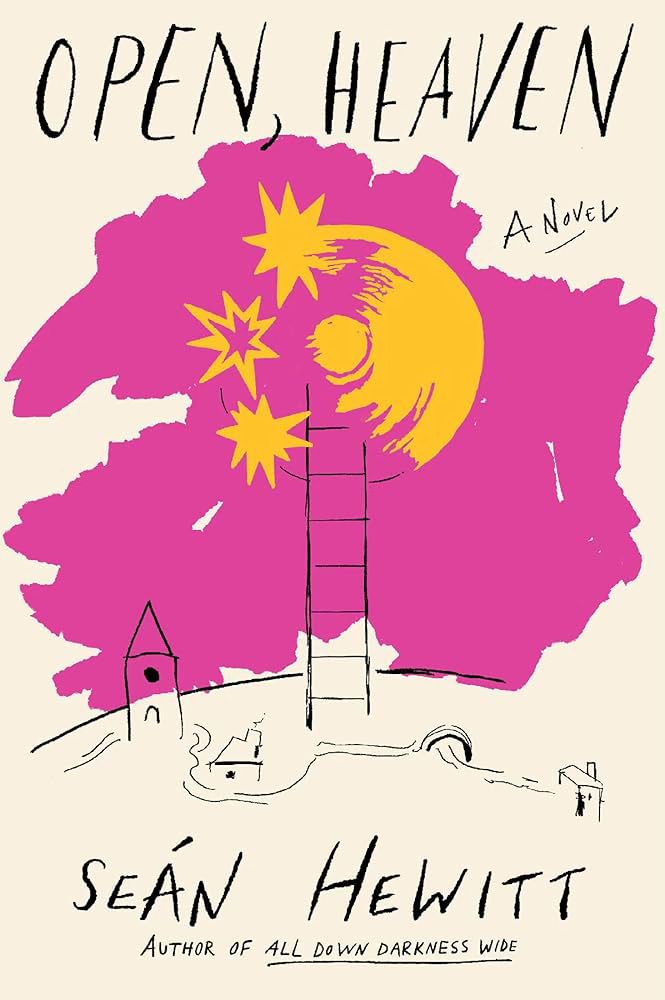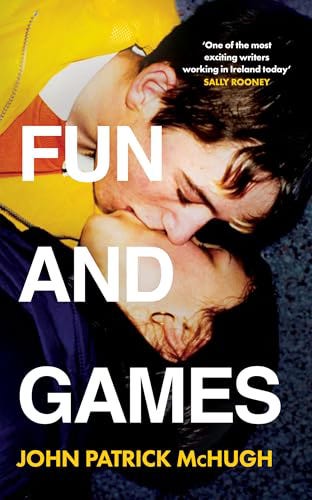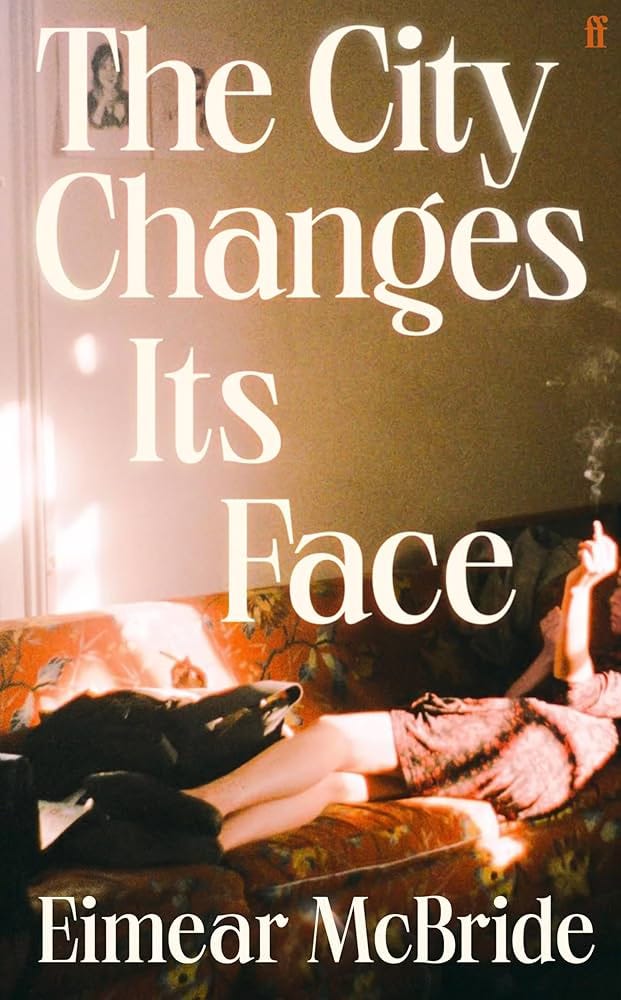With the weather (finally!) getting nicer, it’s the perfect time to sit in the park and open up a book. Here are two books that I’m currently reading and two books that I plan on reading as things start to warm up again. No spoilers, of course.
The Lesser Bohemians — Eimear McBride (1 September 2016)
Set in 1990s London, McBride’s sophomore novel follows Eilis, or Eily, an eighteen-year-old Irish drama student, and her intense relationship with Stephen, a thirty-eight-year-old actor with a dark past. To describe the novel simply, almost reductively, The Lesser Bohemians is about first love, but there is a sense that something has been unleashed between our couple that can’t be put back. What makes Eimear McBride’s writing so compelling is her use of language—playing with it, disrupting it—that follows and pushes the modernist tradition. As Hannah Rosefield usefully puts it more succinctly than I can in her review for The New Statesman: “McBride’s unformatted language is full of compressions and inversions, nouns made into verbs and well-worn phrases torn apart” that makes for a satisfying reading experience as Eily experiences her first love affair.
Open, Heaven — Seán Hewitt (15 April 2025)
Known for his two poetry collections and memoir, Open, Heaven is Seán Hewitt’s debut novel. Set primarily in 2002 in a village in the north of England, the novel follows sixteen-year-old James Leigh as he navigates the messy time that is adolescence—explorations of one’s sexuality, experiences of first love, the complicated relationship one has with their parents, et cetera. Hewitt writes James’s developing teenage consciousness and the world around him with incredible specificity that, as the saying goes, makes his experiences universal. The novel is a moving portrait of those awkward years, even if one doesn’t want to look back on their teenage self.
Fun and Games — John Patrick McHugh (24 April 2025)
Another debut set in the noughties about a teenage boy! It’s the summer of 2009, on a small island off the Irish mainland, and seventeen-year-old John Masterson is on his final summer before he enters adulthood, trudging through late adolescence. He spends his time playing football with the lads, hooking up with a slightly older coworker, and facing the fact that his mother’s sexting to a local man has been leaked to the whole community. In Thomas McMullan’s review for The Guardian, he describes McHugh's commitment to portraying adolescence as “a rich seam to squeeze – not only for humour, but for a nuanced examination of burgeoning masculinity.” Though different from Hewitt’s novel in many ways, both of their debuts offer complex representations of masculinity that are interesting in a moment where rigid conceptions of it seem to be in crisis.
The City Changes Its Face — Eimear McBride (26 August 2025)
A follow-up to The Lesser Bohemians (2016), McBride’s forthcoming novel is set roughly two years later, and something has gone wrong. The City Changes Its Face weaves together two sections. The present, where Eily and Stephen discuss what has happened, is broken up by various seasons of the past that recreate the present circumstances of the couple. If The Lesser Bohemians is about the intensity of those early months in a relationship, this novel contends with love after everything has settled. Eily and Stephen must confront and come to terms with their pasts as individuals and as a couple. McBride's commitment to transgressive, uncomfortable subjects and an experimental style makes her one of the most exciting writers in contemporary Irish literature.





